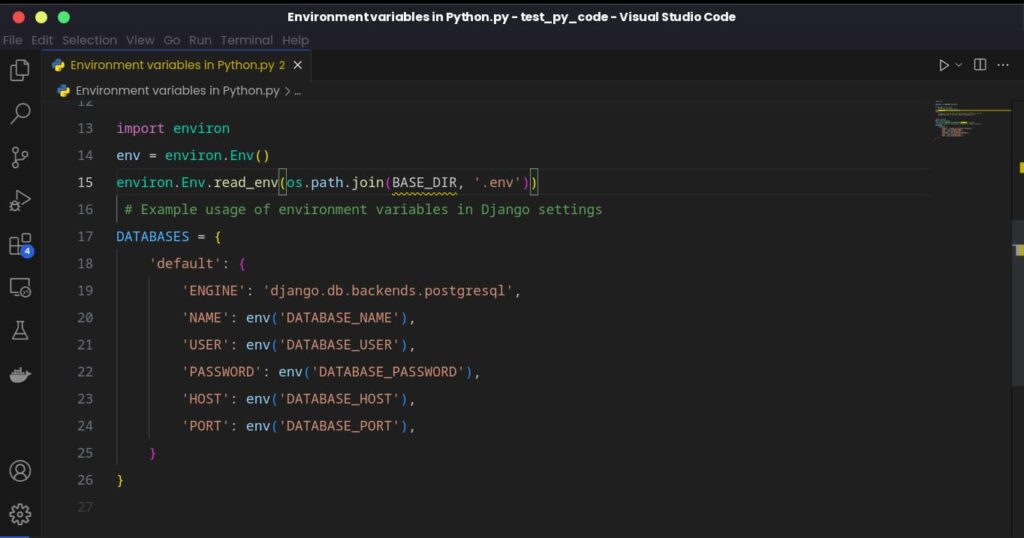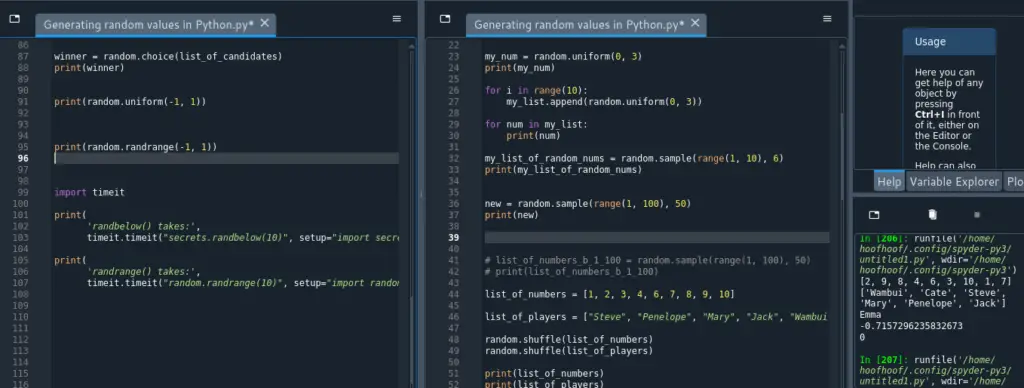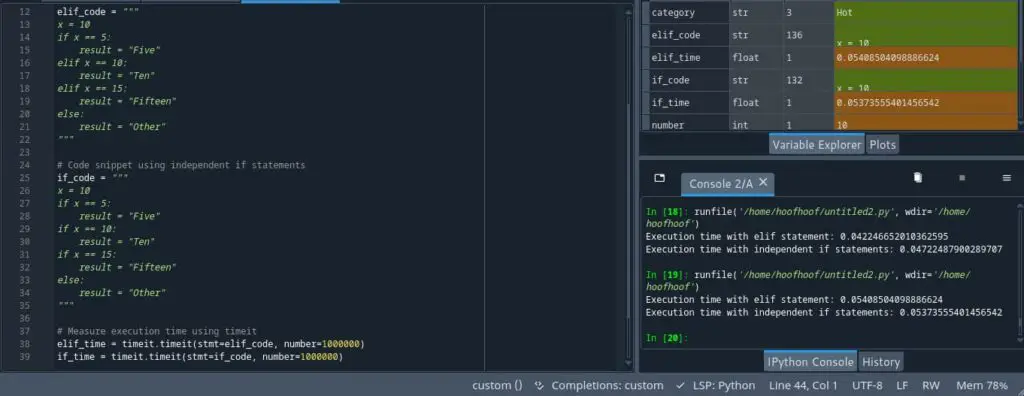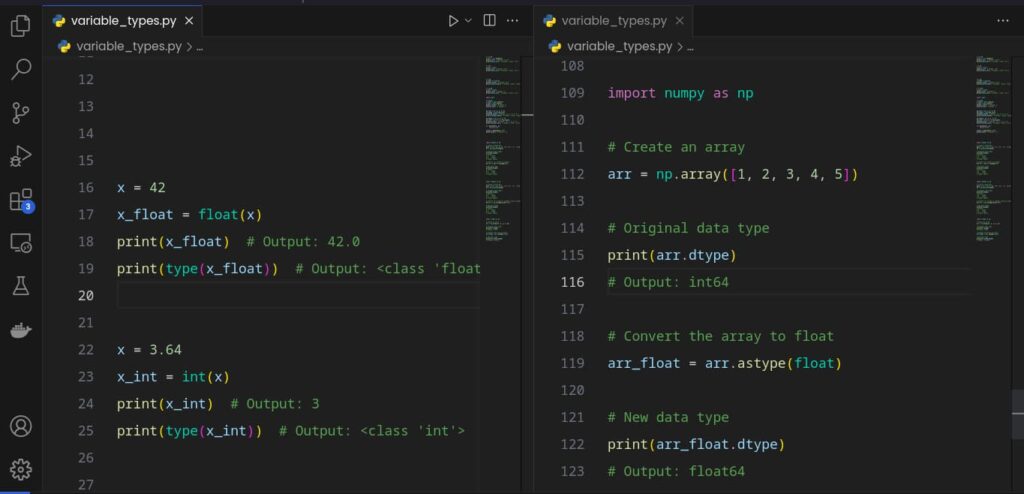There you are, mate- writing i++ in your while loop in Python code. I got you; I was there too, and when I did some research, I didn’t get it quite easily. But today, after reading this article, you won’t make the mistake of using ++ in your Python code. With that, does i++ work in Python?
You cannot use i++ in your Python code because Python does not implement increment and decrement operators. When ++ occurs as a postfix after an integer, Python throws a syntax error because it expects an integer or float data type as the right operand. Rather, it meets a + operator, resulting in a SyntaxError error.
We are going to start with some basic maths that you probably learned in that Mathematics class that you probably slept because you didn’t like the teacher or the subject.
Now, as you know, an operator is always placed in two positions in a number
- prefix (+2, -4, +5, -6, e.t.c)
- postfix (2+, 3-, 6+, 82-, e.t.c)
Let’s start with the prefix.
What happens if you add ++ or — operators as prefixes to an integer in Python?
If you place an operator, say -, before a number, it changes the number to be negative. The same happens with a + prefix making the number positive.
If you go ahead and place more than one operator behind a number, you automatically introduce brackets into the number with the first operator. So, –2 is the same as -(-2), and if there are + and – operators, the resulting operation is a negative number- +-2 becomes +(-2), which is the same as -2. Finally, ++2 becomes +(+2), which is similar to 2. () means multiply.
Do you get it?
I hope so.
Python behaves pretty much the same when it comes to prefix operators. Adding a + or – operator before an integer makes the number positive or negative respectively. If you add multiple operators, Python interprets them as we saw with the maths example.
So, ++integer evaluates to just a positive integer.
num = 2
++2
print(num)
# results
2–integer also evaluates to be a positive integer
num = 2
--2
print(num)
# results
2From the example above, Python does not increase the value of an integer when you use the ++ operator. So, ++integer and –integer produce a positive number rather than increasing the integer by 1, as in other programming languages.
Verdict: Python returns the initial value of an integer when two prefix operators (++ or –) are used. Besides, the returned integer is a positive number.
What happens if you add ++ or — operators as postfixes to an integer in Python?
Adding ++ and — operators as postfixes to a Python integer will result in a syntax error. Thus, attempting to increment an integer using the syntax i++ will not work in Python. Python interpreter will throw a syntax error.
From our example, add ++ to the num variable and try running your Python code:
num = 2
print(num++)
# results
print(num++)
^
SyntaxError: invalid syntaxPython throws an error because, mathematically, inserting an operator + or – after a number automatically means that it expects another number. Thus, adding an operator tells Python to expect another integer as an operand. So, Python will add the left operand to the right operand. This is called a binary operation.
When Python expects an integer or a float for a binary operation and doesn’t meet these data types, it throws a syntax error. The reason being there is an integer or float type expected whenever an operator occurs as a postfix.
So,
num = 2
print(num+1)
# result
3should be the correct syntax.
Python allows programmers to use a shortcut for incrementing and decrementing values by 1 or any other step size using += and -= operators. Note that these are not increment and decrement operators. Python does not have increment and decrement operators.
+= operator allows you to increment values through addition- the final value is added to the variable on the left side. The same goes with the -= operator, which subtracts two together and assigns the final value to the variable. Thus, these operators, += and -=, are rather assignment operators.
They are just shortcuts for:
num = num + 1OR
num = num - 1Conclusion
++ is not allowed in Python because they are two operators. One operator is a unary operator like in basic maths, where it turns a number negative or positive. Where ++ occurs as a prefix on an integer, it does nothing.
When ++ occurs as a postfix after an integer, Python throws a syntax error because it expects an integer or float data type as the right operand. Rather, it meets a + operator, resulting in a SyntaxError error.







